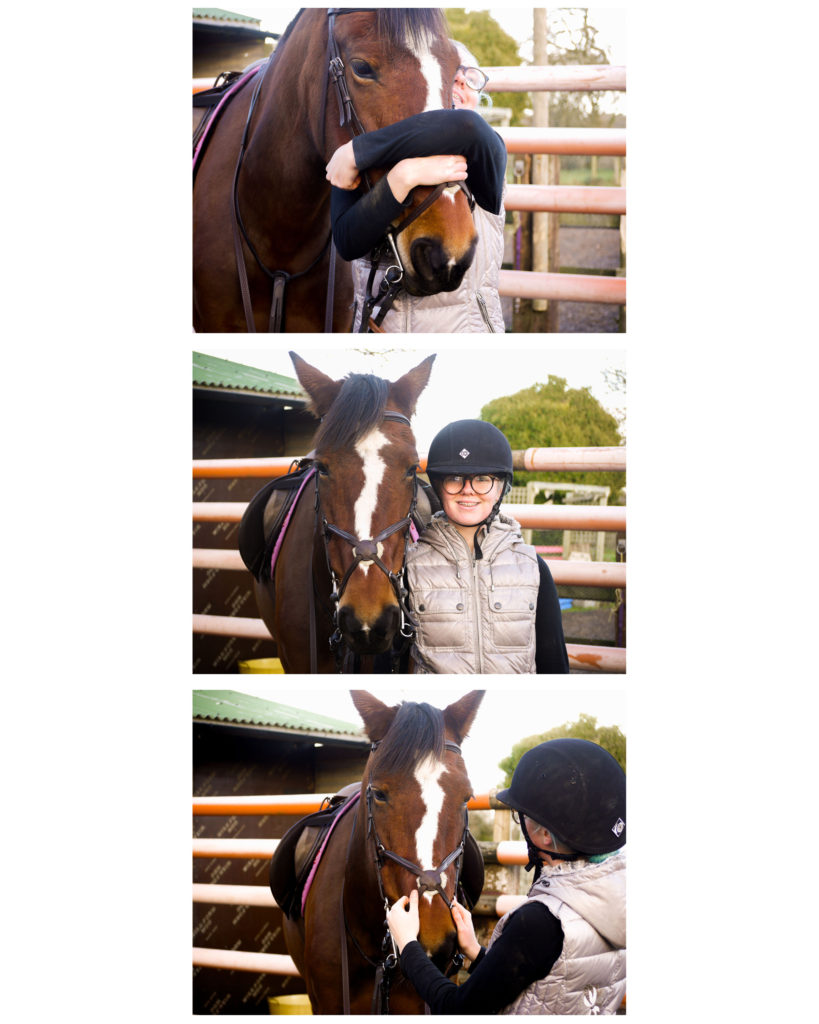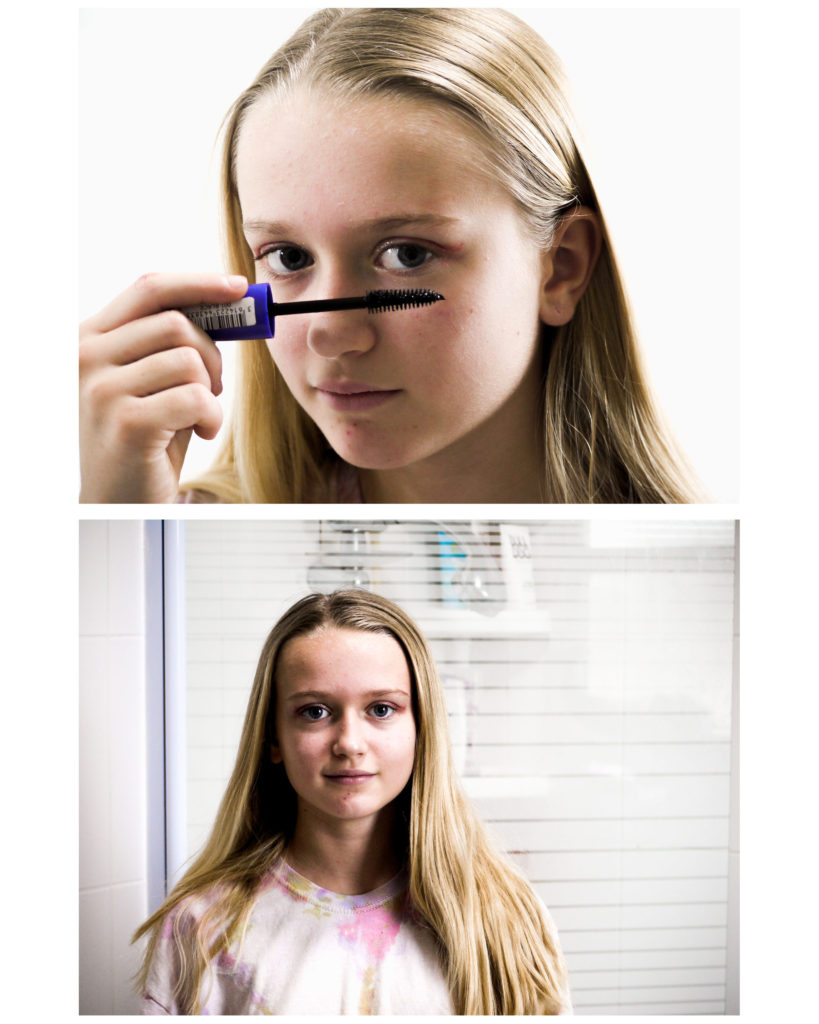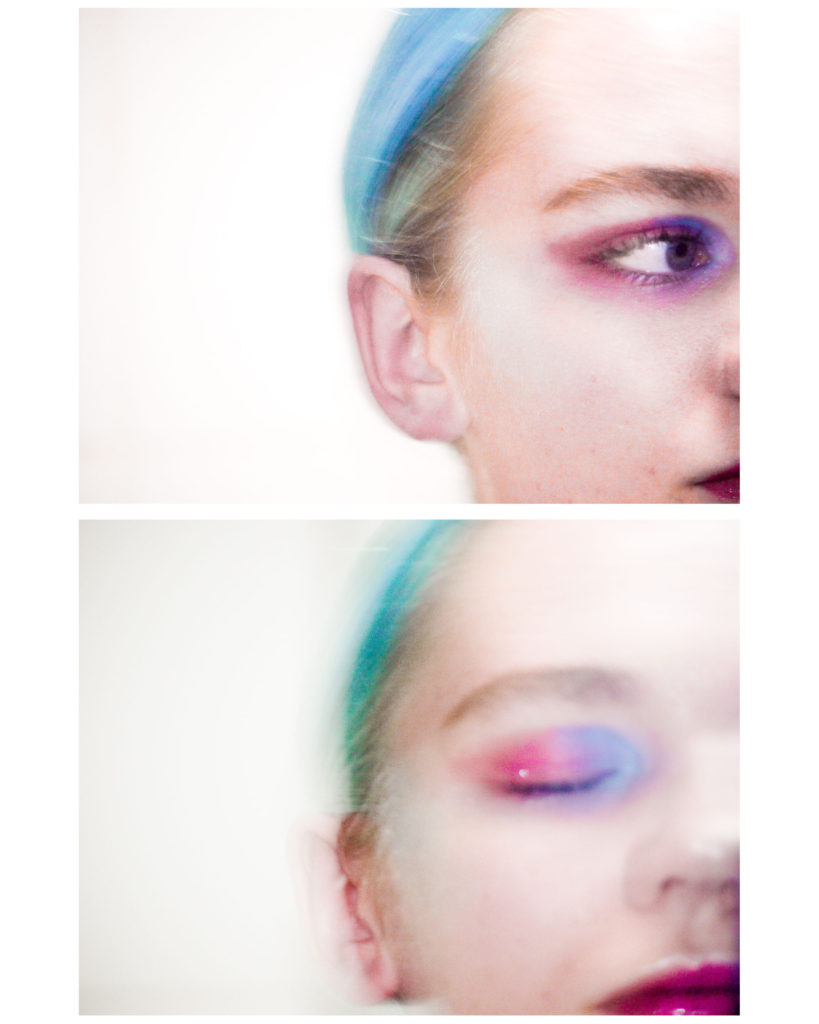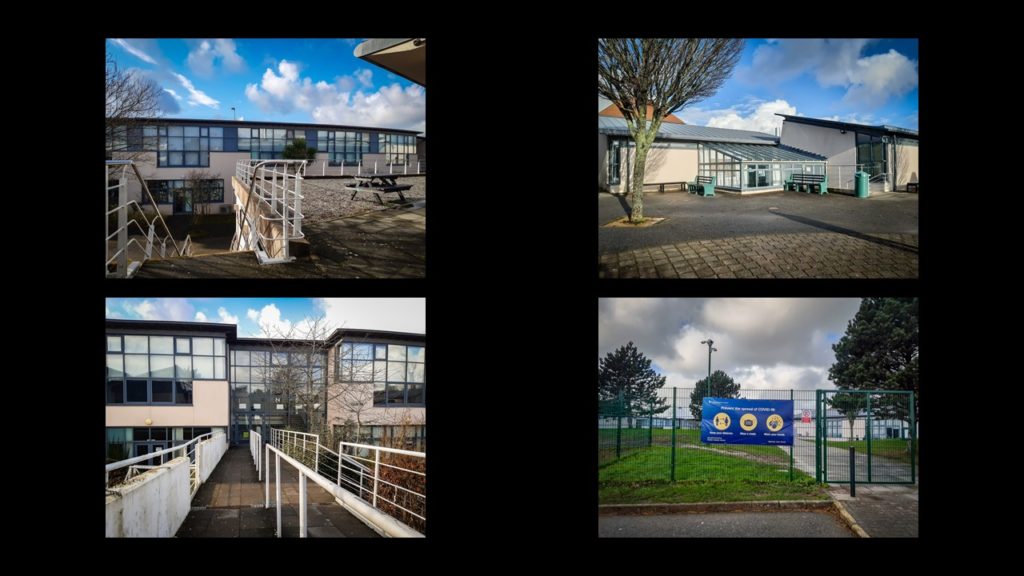

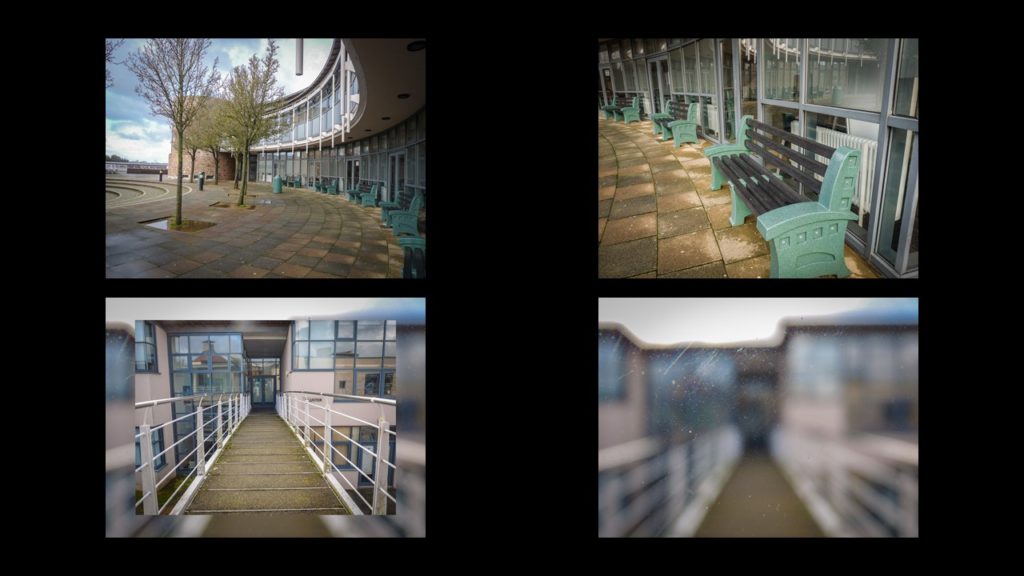


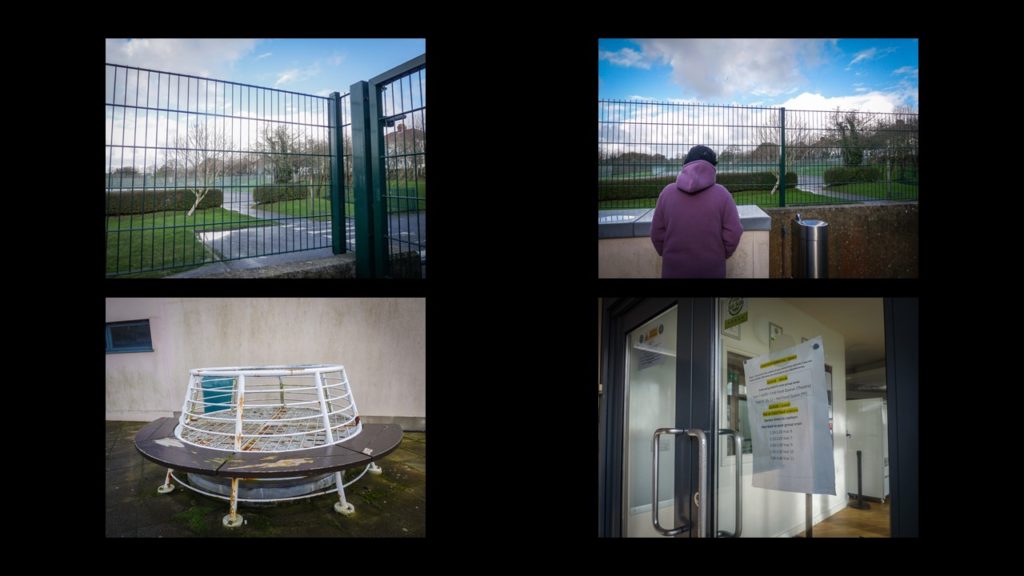






after some reflection, I have decided that I would like some of my images to be black and white. below are some of the images that I have made b&w for my photobook.
Key characteristics/ conventions : Pictorialism as a movement thrived from about 1885 to 1915, although it was still being promoted by some as late as the 1940s. It began in response to claims that a photograph was nothing more than a simple record of reality, and transformed into an international movement to advance the status of all photography as a true art form. For more than three decades painters, photographers and art critics debated opposing artistic philosophies, ultimately culminating in the acquisition of photographs by several major art museums. Photographers wanted to be noticed as artists rather than photographers as many people at the time didn’t see photography as an art form, they saw it more as controlling a machine by simply pushing a button. The pictorialists smeared vaseline on the lens of the camera and stretched photographs made to look like art, meant to have darkness and sketchiness.
Key works: Pre-Raphaelite Brotherhood, allegorical paintings, paolo veronese 1558
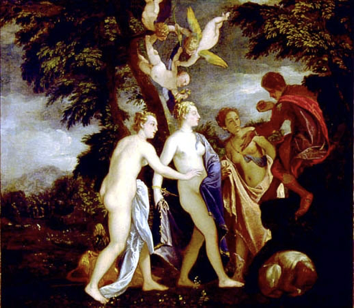
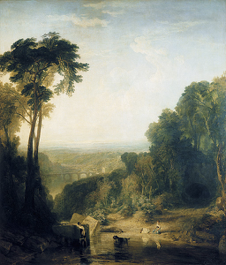
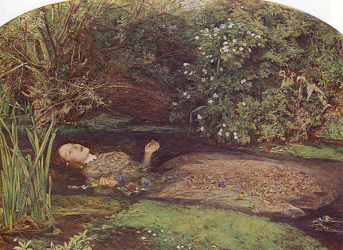
Drawing upon her personal experiences as inspiration, Sally Mann creates a haunting series of photographs that speaks about the one subject that affects us all, the loss of life. Dark, beautiful and revelatory, What Remains, created in 2004 is a five-part meditation on mortality, explores the ineffable divide between body and soul, life and death, spirit and earth. This body of work consist of landscape, pictures of decomposing bodies and portraits of her children.

Mann is an American photographer known for her black-and-white portraits of her family and documentation of the landscape of the American South. Since the 1970s, she produced a series of photographic portraits, landscapes, and still life’s and is best known for her intimate portraits of her family, including her three young children and husband. Similarly to David Hamilton, Mann has caused controversy with her nude photographs causing repeated outcries and calls for censorship. The complexity of her photographs, including her most famous series Immediate Family (1984–1994), which depicts her three children, who were then all under the age of 10, explores the time between childhood and adolescence. “As ephemeral as our footprints were in the sand along the river, so also were those moments of childhood caught in the photographs,” she reflected.
“And so will be our family itself, our marriage, the children who enriched it and the love that has carried us through so much. All this will be gone. What we hope will remain are these pictures, telling our brief story.”
Sally Turner Munger on May 1, 1951 in Lexington, VA, she received her BA and later her MA from Hollins College in Virginia before working as an architectural photographer for Washington and Lee University during the mid-1970s.Throughout the following decade, the artist’s career grew as she began producing books of photography, including At Twelve: Portraits of Young Women (1988), which captures developing identities of 12-year-old-girls from her hometown and includes her notable work, Candy Cigarette (1989). From 1999 until his death in 2011, Mann photographed Cy Twombly’s studio in her hometown of Lexington, VA. Using large-format cameras to capture fine details, Mann’s images appear antique due to her interest in early photographic technology, as well as revisiting the 19th-century process of wet collodion. Her work can be found in the collections of The Museum of Modern Art in New York, the Art Institute of Chicago, the National Gallery of Art in Washington., and the Los Angeles County Museum of Art. Mann currently lives and works in Lexington, VA.
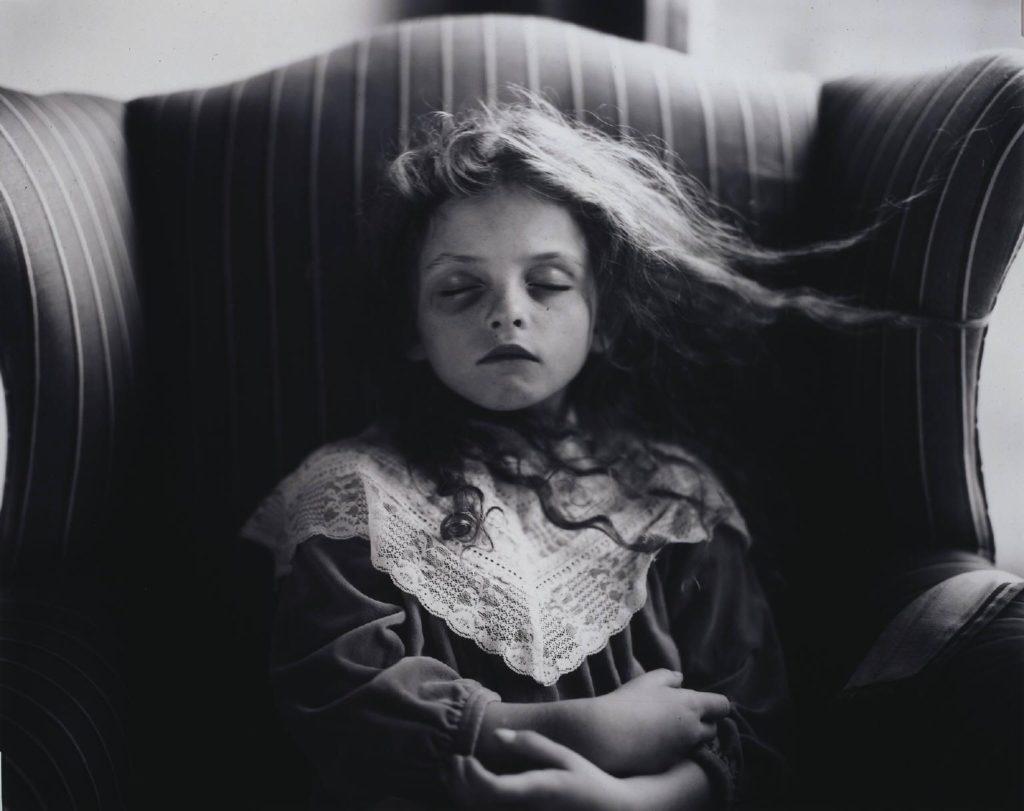
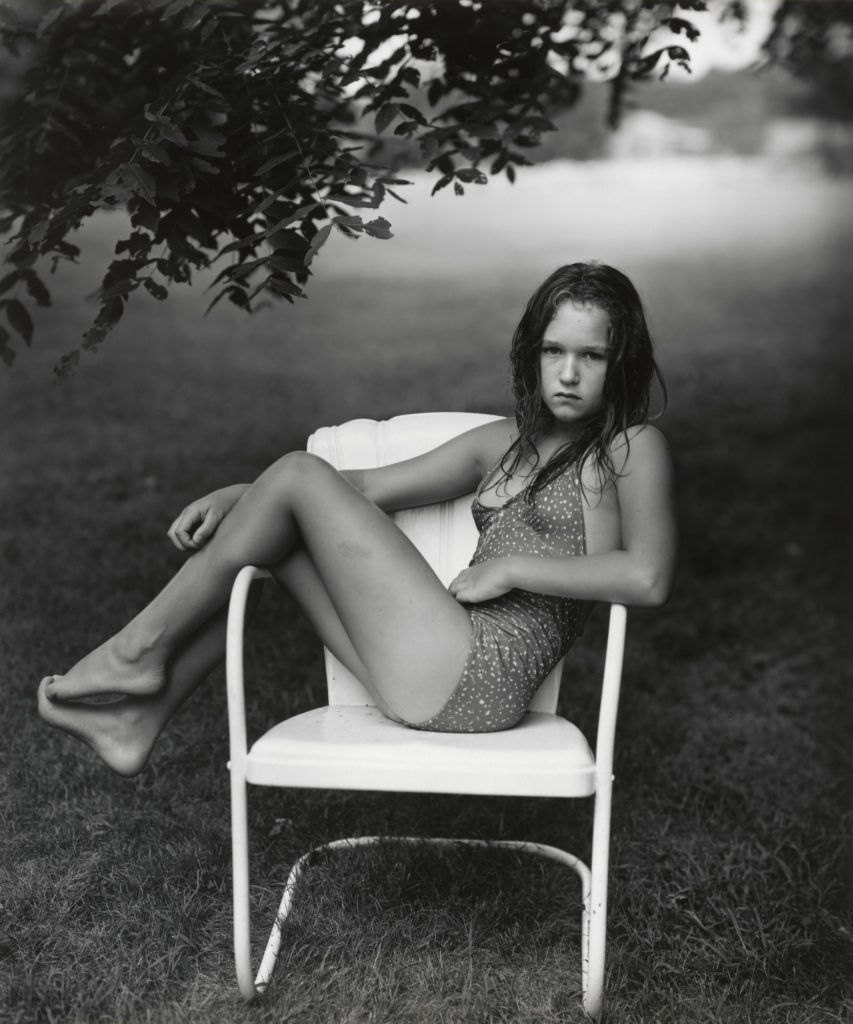
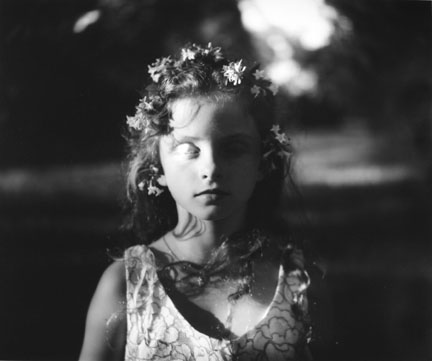
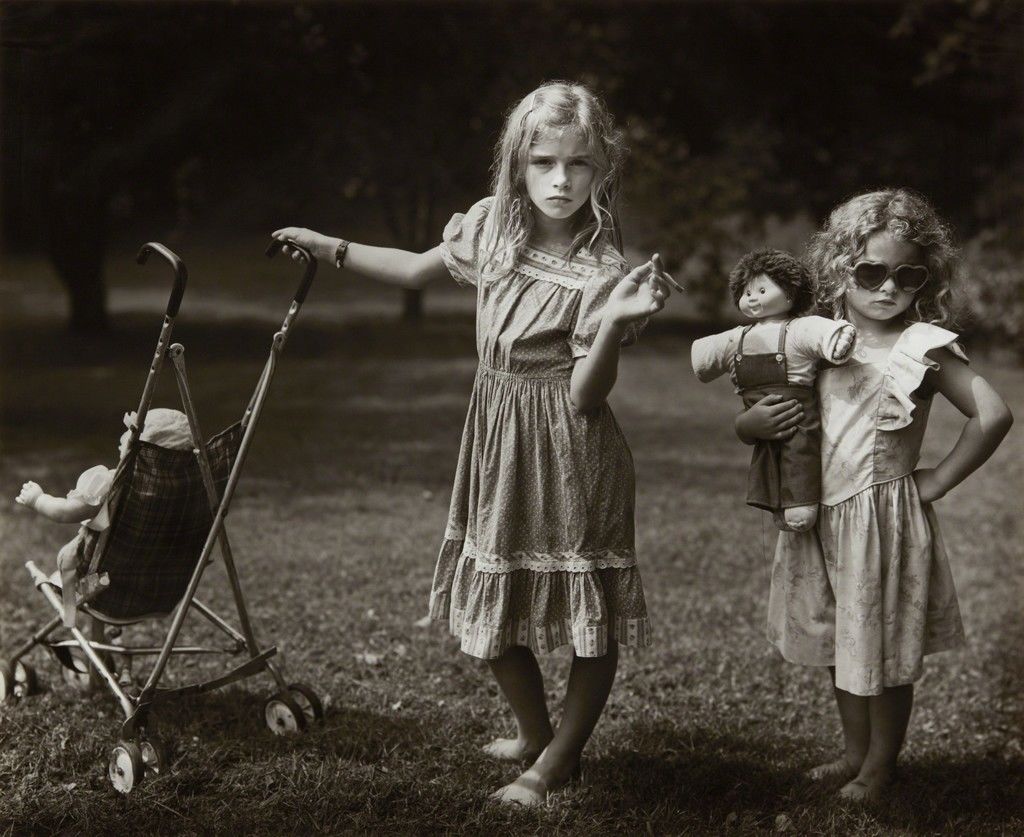
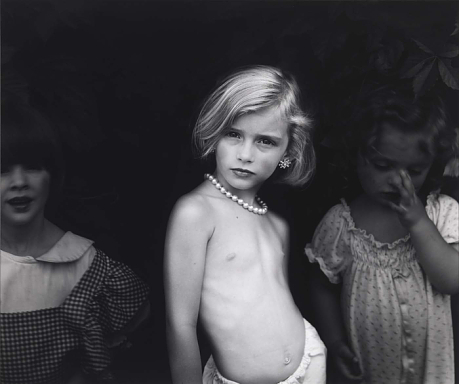

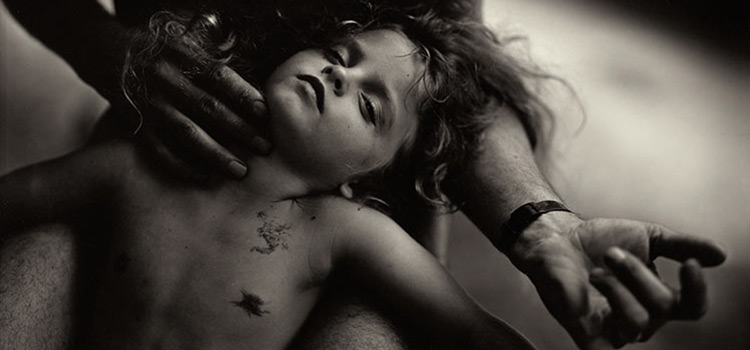

Julia Margaret Cameron was a British photographer who is considered one of the most important portraitists of the 19th century. She is known for her soft-focus close-ups of famous Victorian men and for illustrative images depicting characters from mythology, Christianity, and literature. Cameron’s photographs were unconventional in their intimacy and their particular visual habit of created blur through both long exposures, where the subject moved and by leaving the lens intentionally out of focus. Cameron is also known for known today for her moving and sensitive portraits of eminent Victorians. A paramount example is her 1867 photograph of Sir John F. W. Herschel, in which the scientist, mathematician, and photographic experimenter looks directly at the camera, emerging from the shadows with the tousled hair and deep facial lines of a man devoted to the intellectual life. Her soft-focus style, ridiculed by many critics and photographers of the period who were devoted to sharp precision in photography, gives Herschel a timeless quality and emphasizes the essence of the man instead of transitory details. About such sittings, Cameron wrote, “When I have had such men before my camera my whole soul has endeavored to do its duty towards them in recording faithfully the greatness of the inner as well as the features of the outer man. The photograph thus taken has been almost the embodiment of a prayer.”

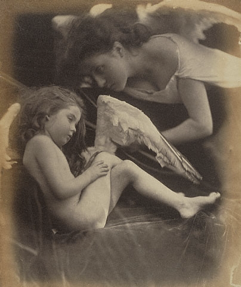
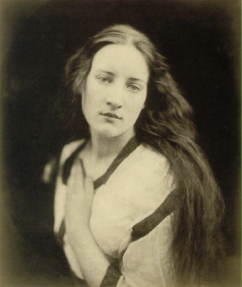

Methods/ techniques/ processes:
Gum Bichromate: made by coating the paper in gum arabic, potassium bichromate, and one of the artist’s chosen pigments, then leaving it to develop in the light; this was one of pictorialists’ favourite techniques
Platinum Print: this is a two step process where the photographer starts by exposing paper sensitised with iron salts to a negative, then chemically developing it and replacing the iron salts with platinum, allowing for a wide range of tones
Cyanotype: had outcomes where deep blue tones, they did this by covering the photographic paper with light-sensitive iron salts.
Carbon Print: this is made by coating tissue paper with potassium bichromate, carbon black pigment, and gelatine; provides great detail and so became one of the most commercially-available development methods.
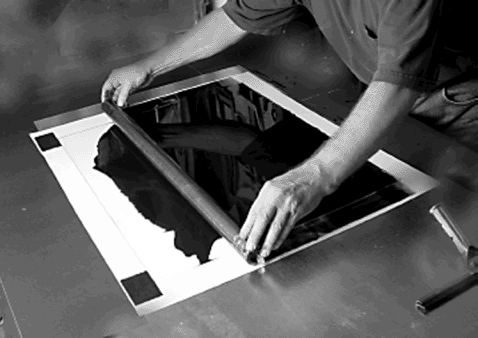

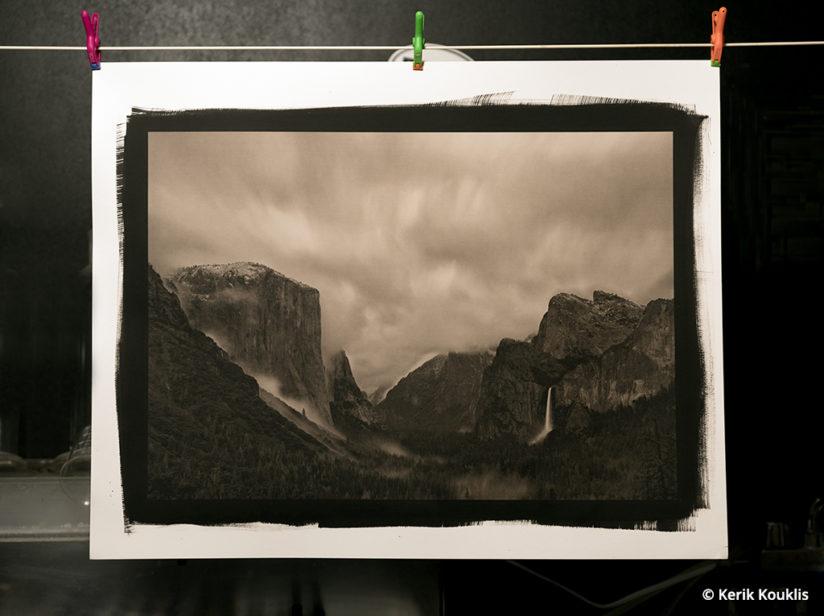
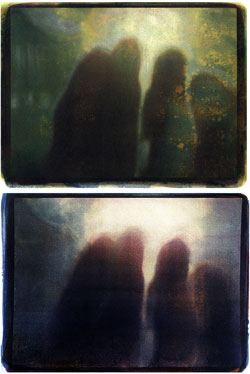
Pure photography or straight photography refers to photography that attempts to depict a scene as realistically and objectively as permitted by the medium, renouncing the use of manipulation. The West Coast Photographic Movement is best known for the use of this style. Straight Photographers were photographers who believed in the intrinsic qualities of the photographic medium and its ability to provide accurate and descriptive records of the visual world. These photographers strove to make pictures that were ‘photographic’ rather than ‘painterly’, they did not want to treat photography as a kind of monochrome painting. They abhorred handwork and soft focus and championed crisp focus with a wide depth-of-field. Realism within photography (closely associated with ‘straight photography’) this style grew up with claims of having a special relationship to reality, and its premise, that the camera’s ability to record objectively the actual world as it appears in front of the lens was unquestioned. This supposed veracity of the photographic image has been challenged by critics as the photographer’s subjectivity (how he or she sees the world and chooses to photograph it) and the implosion of digital technology challenges this notion opening up many new possibilities for both interpretation and manipulation. A belief in the trustworthiness of the photograph is also fostered by the news media who rely on photographs to show the truth of what took place.
The rural poor or the urban environment were not subjects for Pictorial photographers. But when A Danish immigrant , Jacob Riis published his book, How the Other Half Lives’ about the slums of Manhattan a new kind of realism was born with a socialist dimension. A number of photographer’s such as Lewis W Hine and Dorothea Lange began to document the effects of industrialization and urbanization on working-class Americans. Their work brought the need for housing and labour reform to the attention of legislators and the public and became the origins of what we now call photojournalism.
n 1907 Stieglitz took this picture, The Steerage and thereby rejected Pictorialism’s aesthetics and became in favour of what Paul Strand called ‘absolute unqualified objectivity’ and ‘straight photographic means’. Stieglitz and Strand was also influenced by European avant-garde art movements such as Cubism and Fauvism and some of their pictures emphasised underlying abstract geometric forms and structure of their subjects.
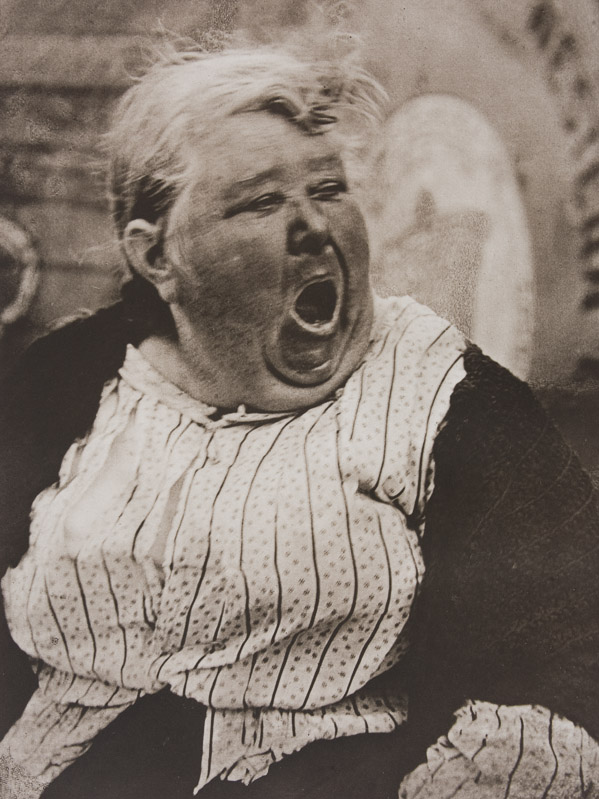
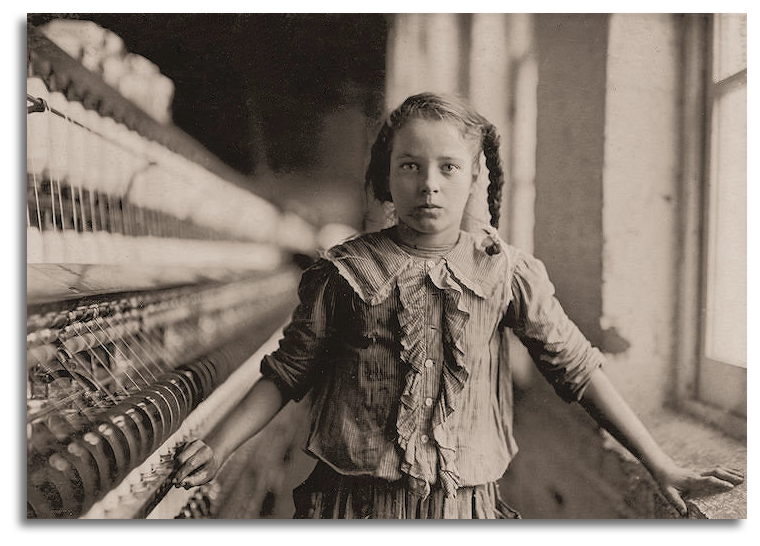
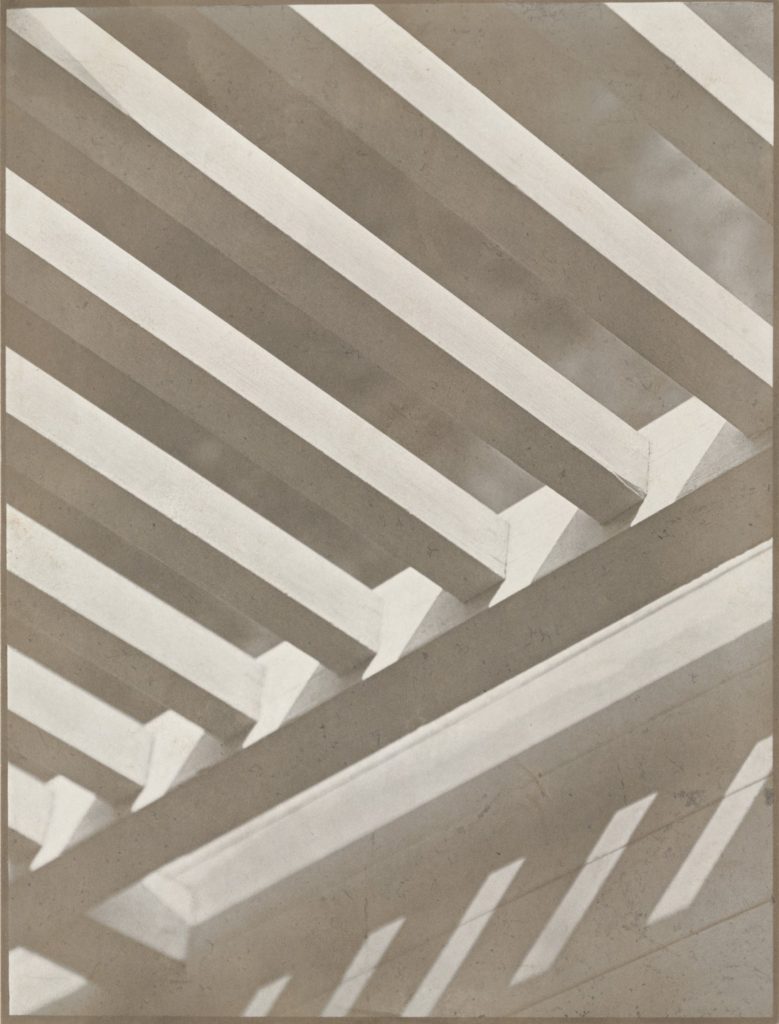
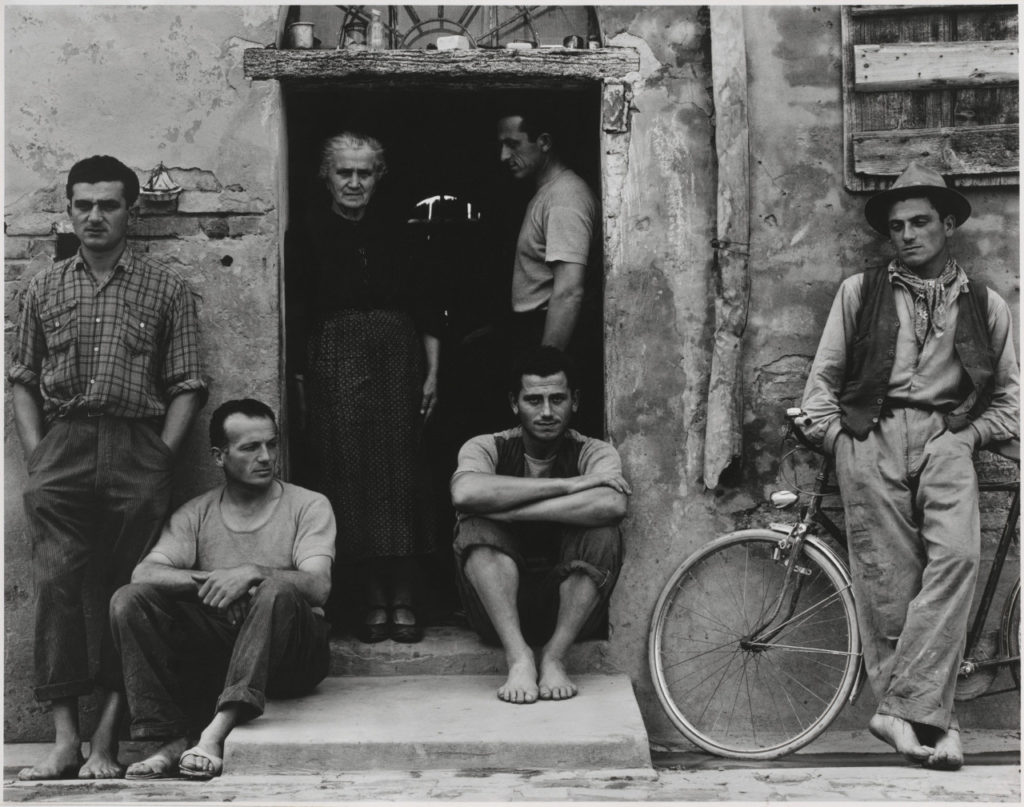
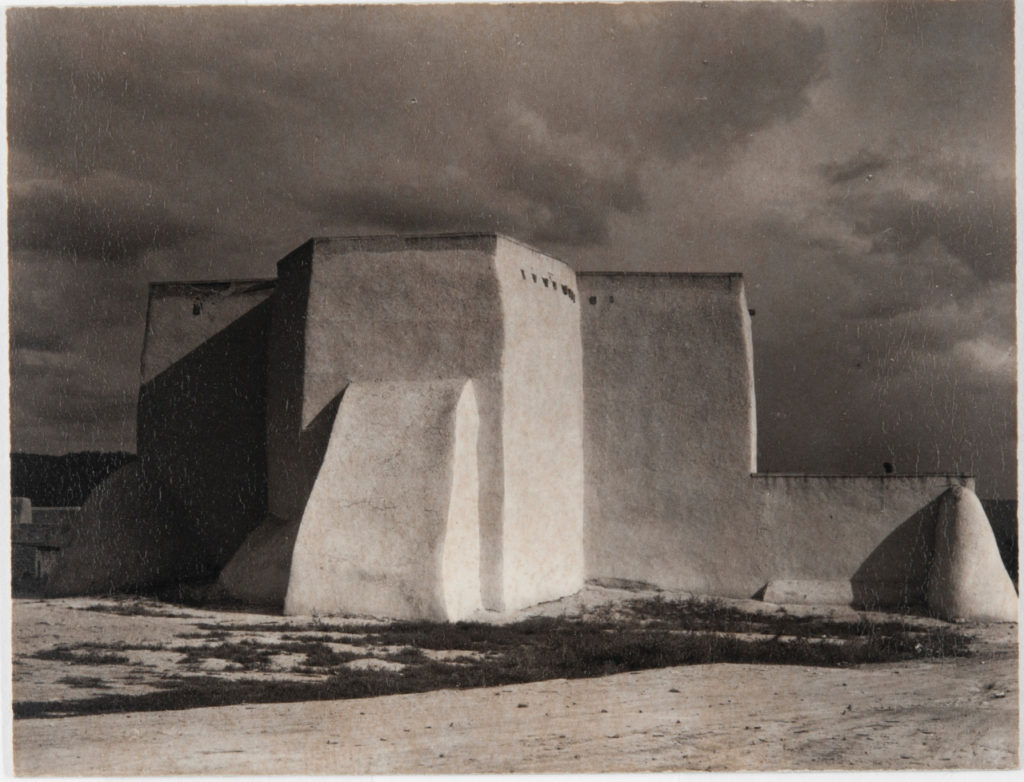
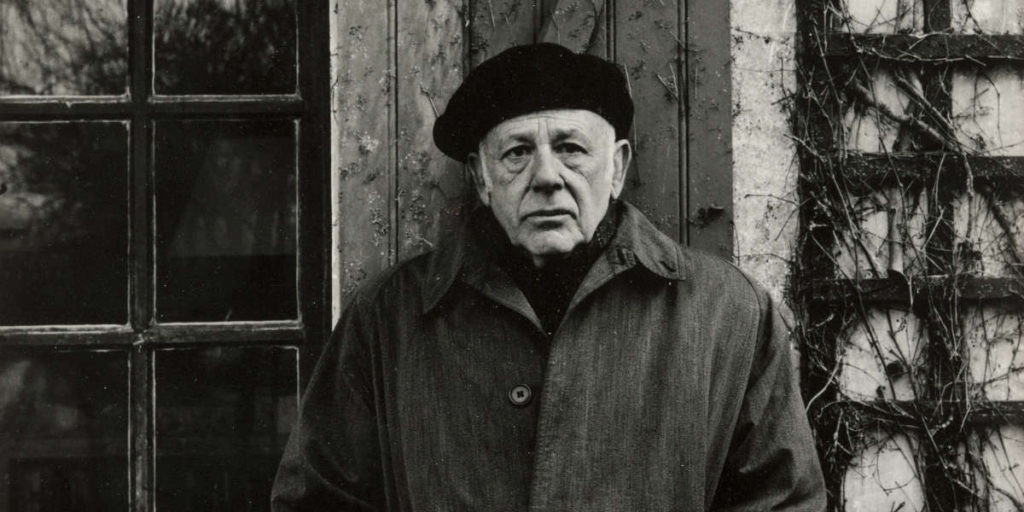
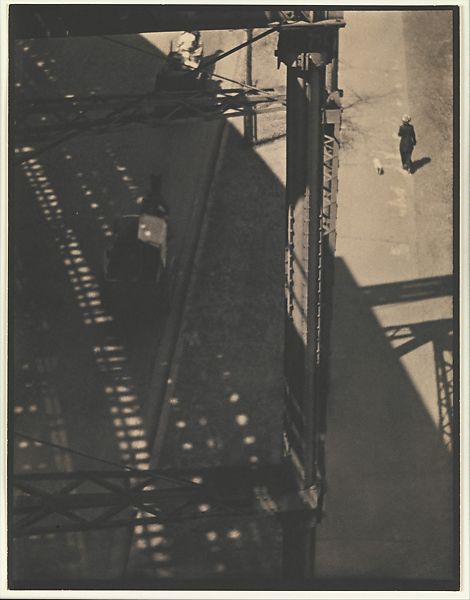
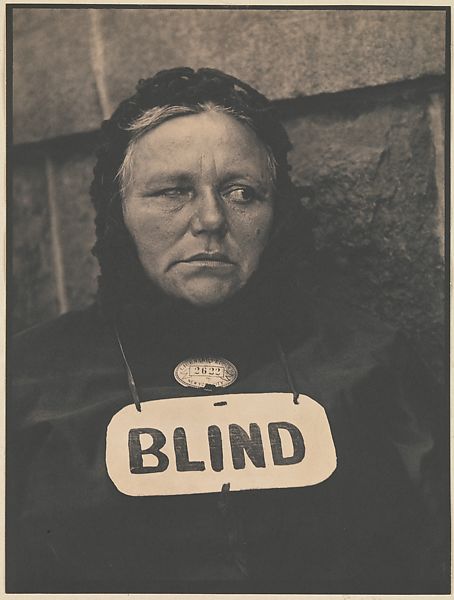
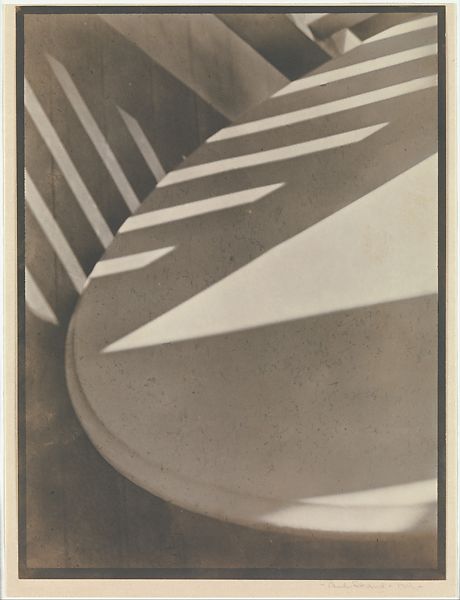

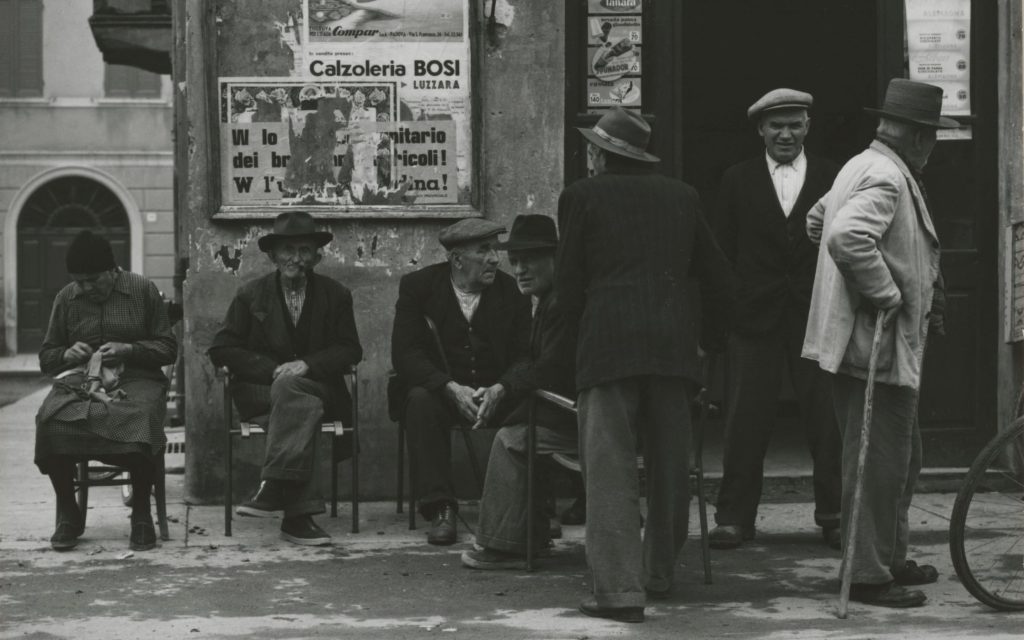
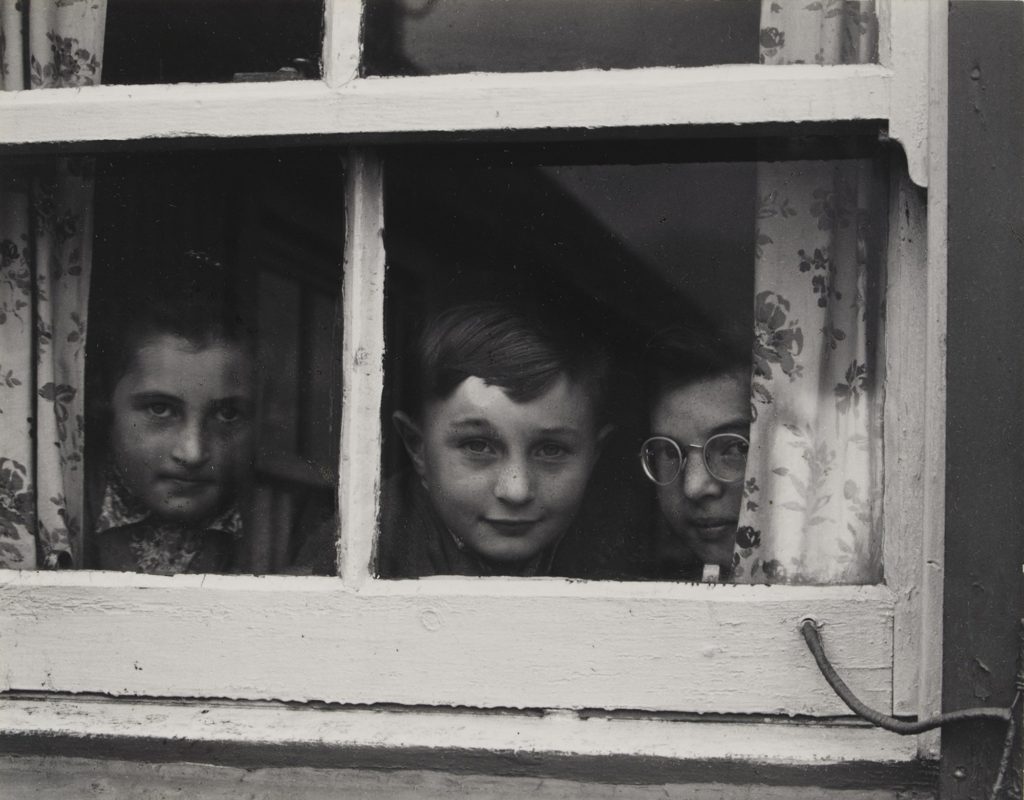
Often considered to the leading American documentary photographer of the 20th century. He rejected Pictorialism and wanted to establish a new photographic art based on a detached and disinterested look. He most celebrated work is his pictures of three Sharecropper families in the American South during the 1930s Depression.
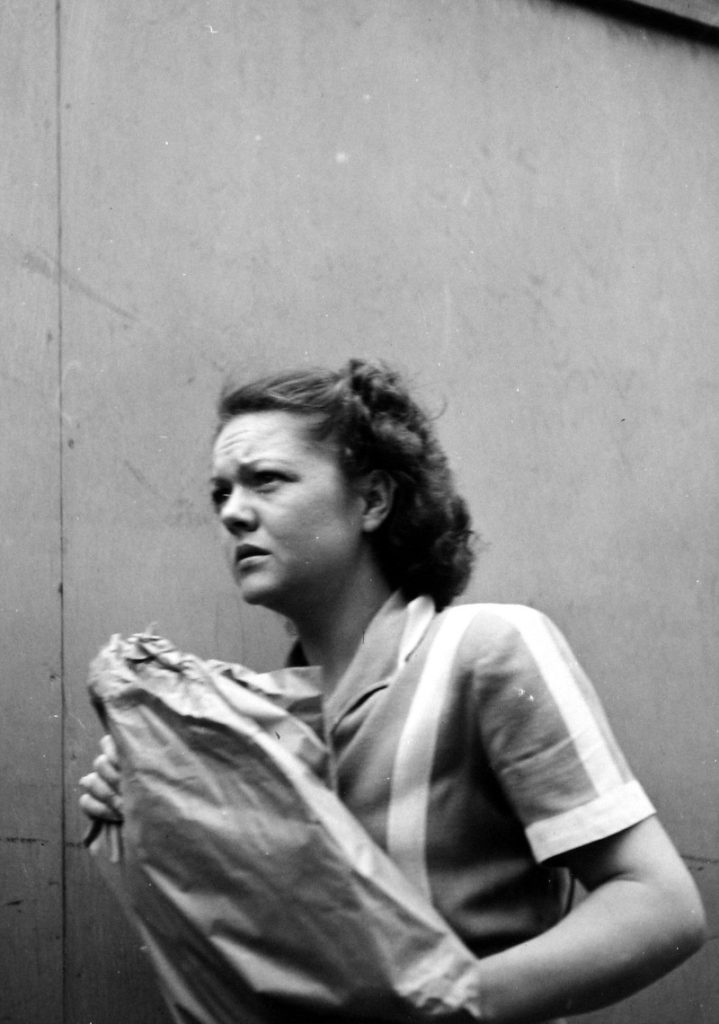


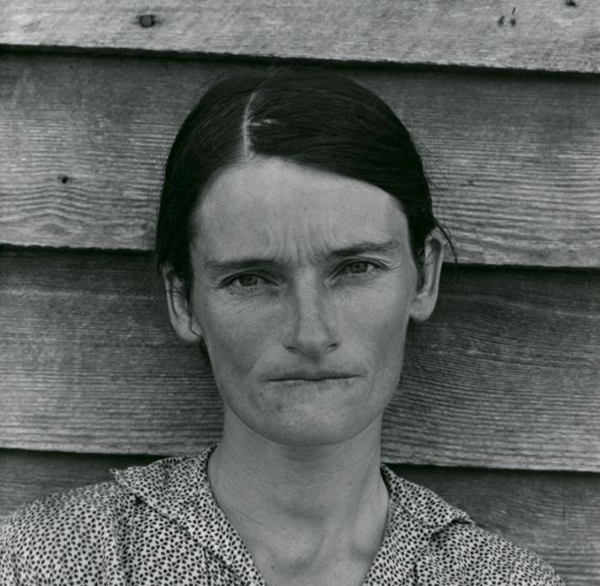

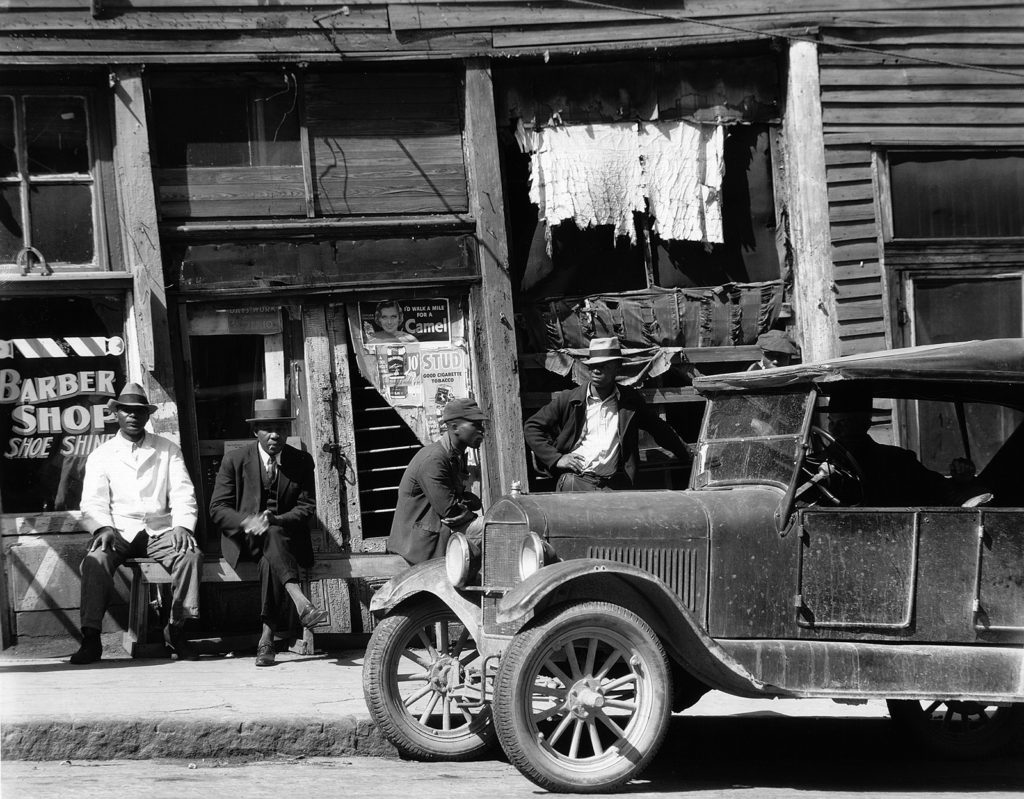
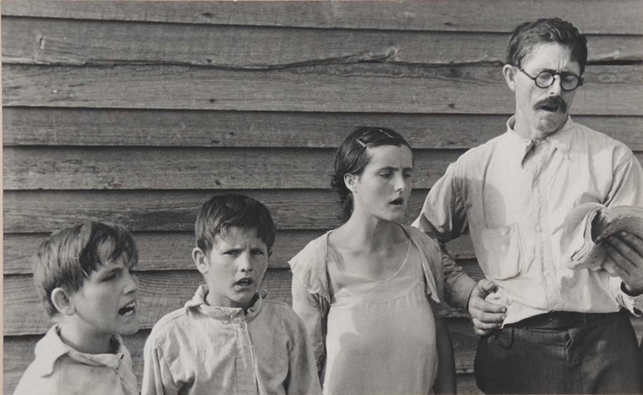
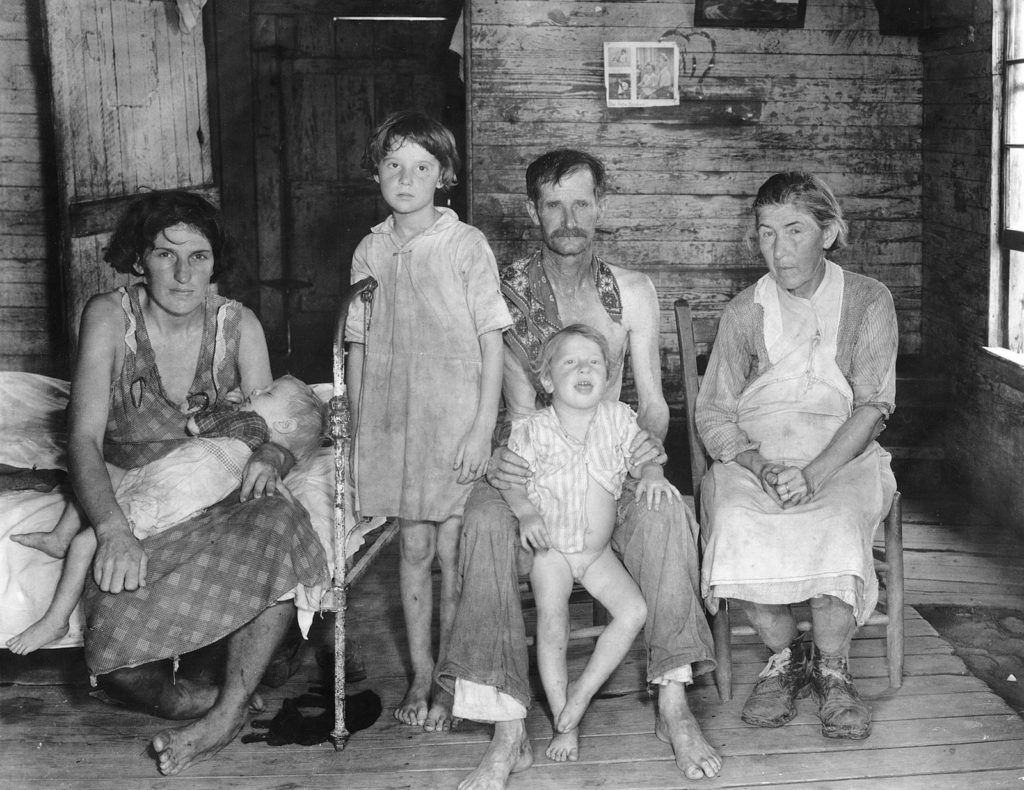
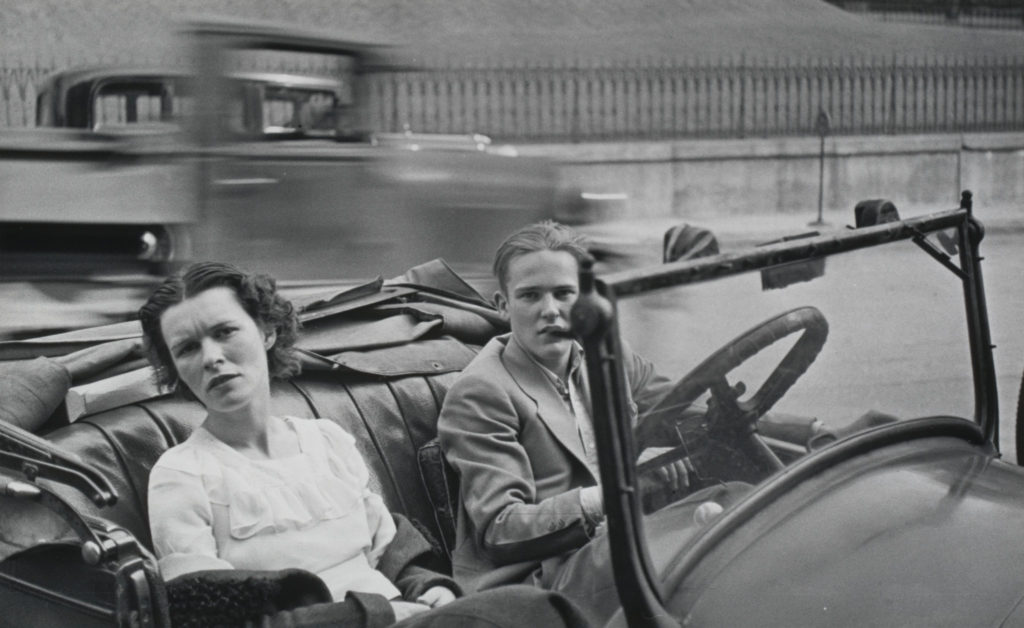
Methods/ techniques/ processes: don’t manipulate the photo and have it as it. Emphasis of the frame. abhorred handwork and soft focus and championed crisp focus with a wide depth of field. photographic not painting-like.

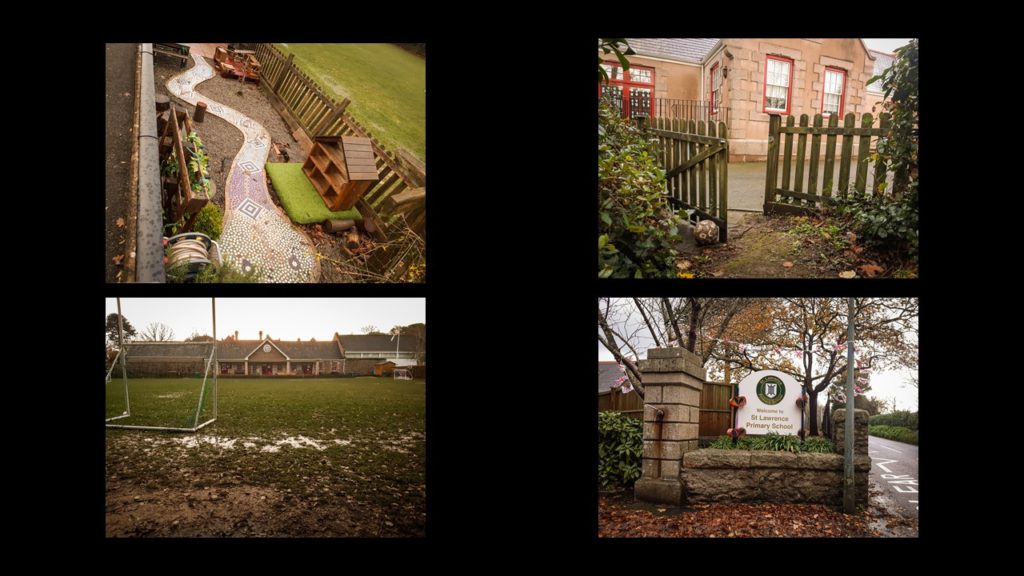


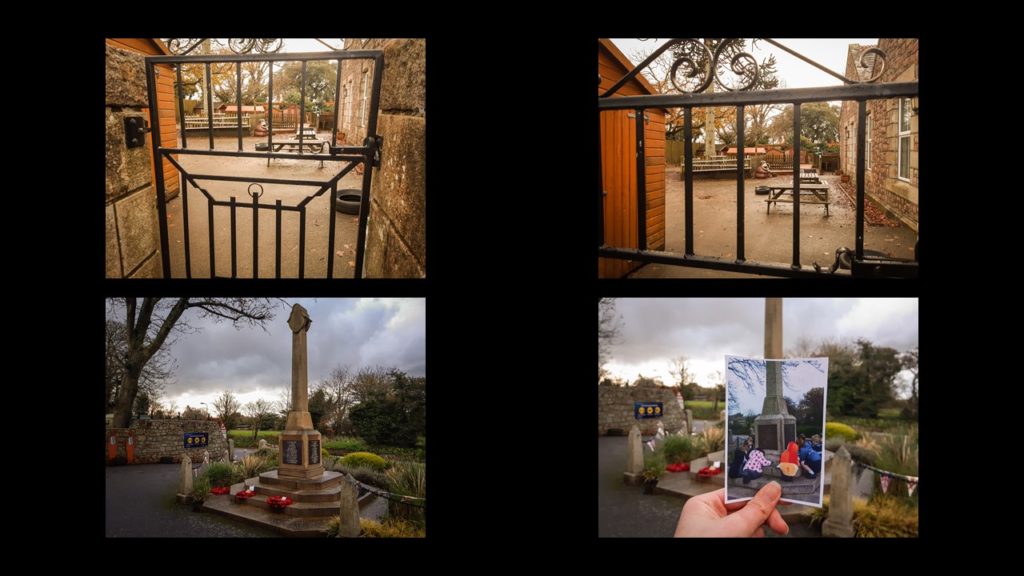


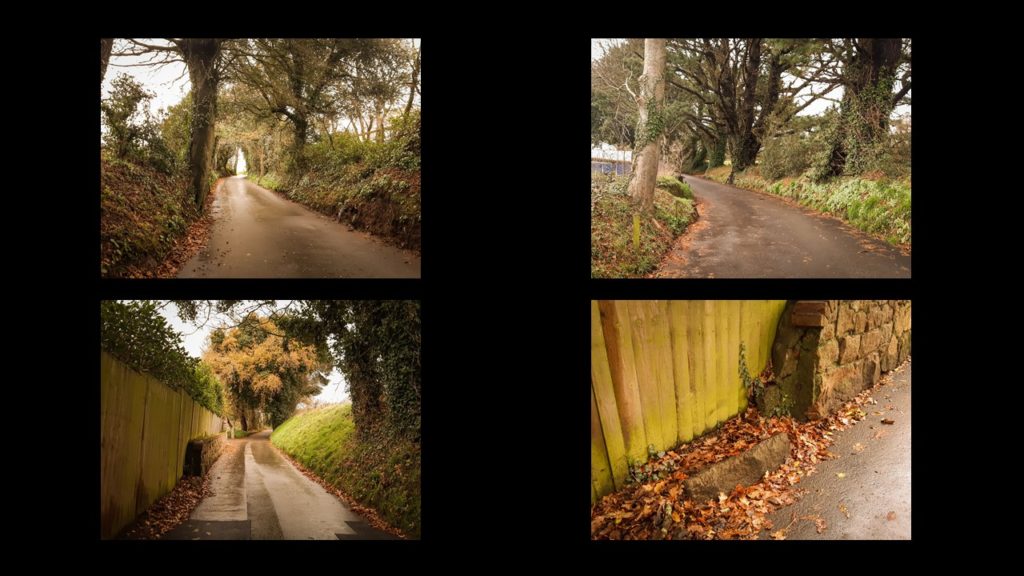
Tommy Ingberg is a self-taught photographer and visual artist, born 1980 in Sweden. He works with photography and digital image editing, creating minimalistic and self-reflecting surreal photo montages dealing with human nature, feelings and thoughts.
Tommy leaves the interpretation of his work up to the viewer but says, “For me, surrealism is about trying to explain something abstract like a feeling or a thought, expressing the subconscious with a picture. The Reality Rearranged series is my first try at describing reality trough surrealism. During the two and a half years I have worked on the series I have used my own inner life, thoughts and feelings as seeds to my pictures. In that sense the work is very personal, almost like a visual diary. Despite this subjectiveness in the process I hope that the work can engage the viewer in her or his own terms. I want the viewers to produce their own questions and answers when looking at the pictures, my own interpretations are really irrelevant in this context.”
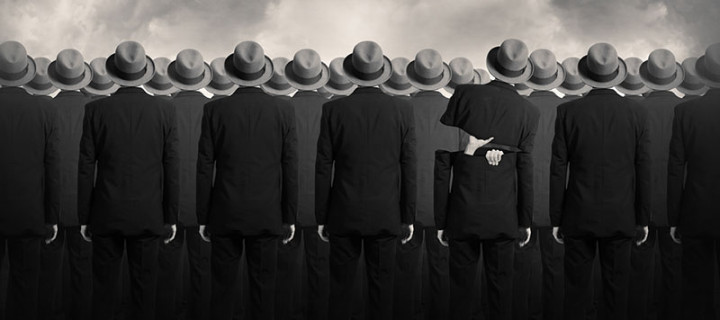


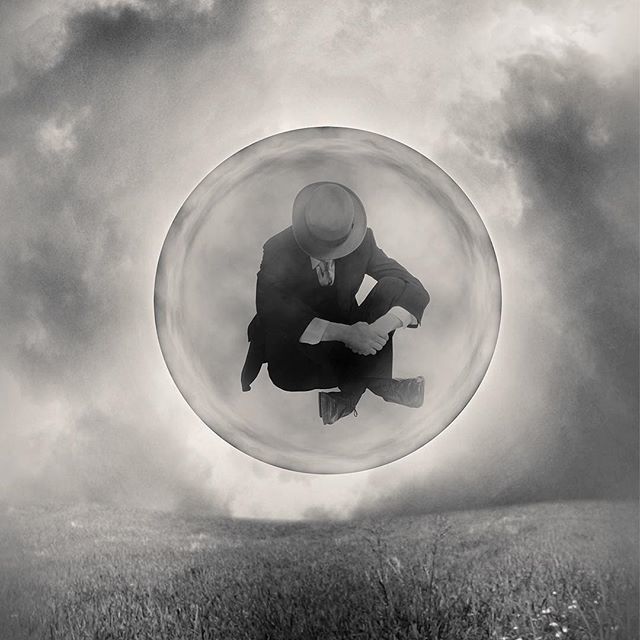




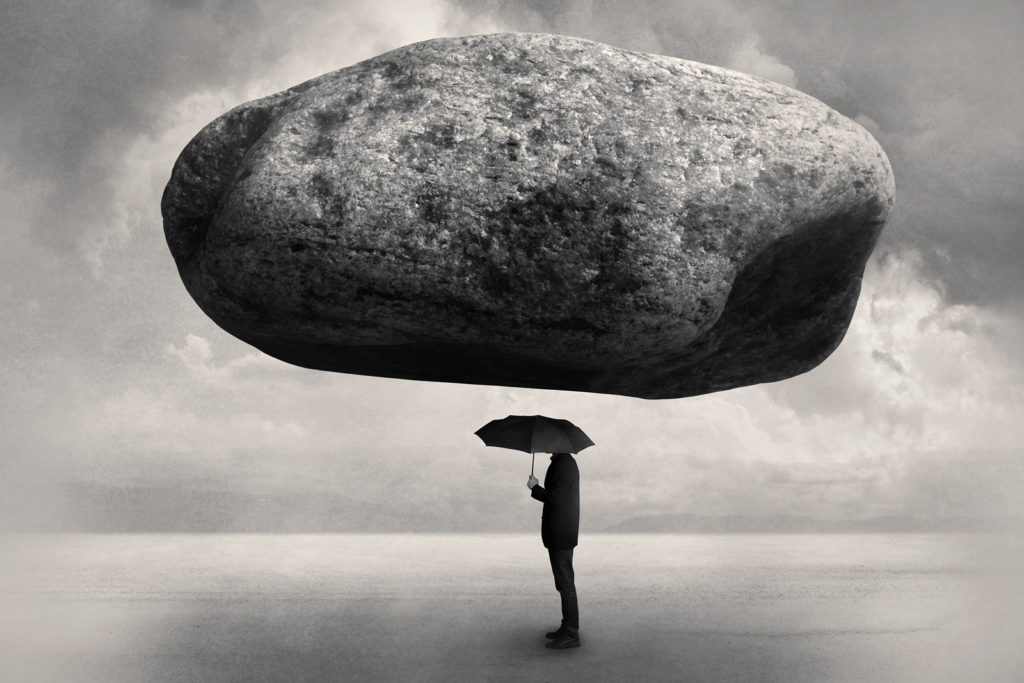

Kevin Corrado’s photography walks the line between lyricism and surrealism, never straying too far from either. He usually uses himself as the subject in his figurative works. His compositions are simple and elegant and the imagery could best be described as quiet and peaceful; at times seeming to transcend the boundaries of the image. Hid most known works consists of woodland photoshoots where humans appear from mysterious picture frames as if they were coming from another world. His work clearly revolves around the idea of dreams and how the world works. He has made this illusion buy using photoshop or another editing software where he has removed the rest of the persons body and made it look as if the person is floating .

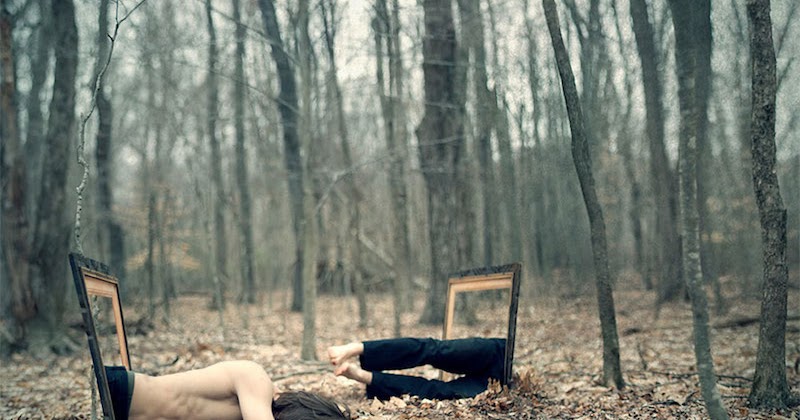



what do I want my essay to say?
my possible essay questions
what are the issues with some of the essay questions that i have come up with?
my essay question is – in what way is identity and autobiography expressed in the work of cindy sherman and jen davies?
as my project has evolved, I have developed a different perspective of ‘love and rebellion’. during my isolation period, due to being tested positive for COVID-19, I have had a lot of time to think, pondering lots of thoughts that are normally pushed aside as I am always busy being a student, an equestrian and stable worker. I have realised how much my horses mean to me, after being forced to stay away from them for 17 days. the joy they bring to me is unique. I have taken many images during isolation, of my sister getting ready and have watched her explore herself freely, by putting on makeup. I have come to the realisation that she like me is some what an athlete, she dedicates her life to gymnastics, similar to how I dedicate mine to horse riding. while watching her explore her femininity I thought how the media expects us to be, how they expect us to act and how they expect us to look. however i don’t want my project to just focus on how society expects females to look because that would limit my creativity and my intent that I have set out for this work to display. also i don’t want my work to just focus on females, as males feel the same things as us women, so this project can hopefully just be universal. so after lots of thought I am going to portray my life within my photobook and film, as it comes, what goes on, my thoughts, my feelings, the things i love, the things that i rebel, the things i do. essentially I am just going to document. my essay is essentially going help me explain it all, with the help of some influential photographers. my film is going to use my essay to add depth to the audio.
LOCATION: For my first 2 shoots I will be taking the images in multiple locations surrounding my Primary such as the playgrounds, the school itself, and areas around it associated with the school. For the third shoot I will go to my secondary school and repeat this process and for my final shoot I will go back to the studio in order to take images of the objects I have found.
MODEL: I will be using items from my primary/ secondary which I have collected over the years and old photos
FRAMING:I will be trying to get larger frames when focusing on the buildings themselves then closer and smaller shots when focusing on objects or photos.
LIGHTING: I will be relying on natural daylight for my lighting as the majority of my images will be taken outside. However If I decide to take pictures of the objects by themselves I will use artificial lighting indoors in order to create as crisp and clean image.
OVERALL FEELING: I want the photos to feel sentimental as this topic is about exploring my childhood and the place where many of my memories began. I want to bring up the colours in my images to look as if I’m looking at these images through my younger self’s eyes, so I want the images to look playful and fun. At the same time I want some of my images to feel dark and depressing to create an interesting contrast as I want the audience to understand that I am not that age anymore and that I am now looking back on these memories therefore there is an element of sadness that I can’t go back in to those times but that we can always revisit memories.
here are the images that could be used in my photobook to describe my feelings towards my life, fashion style and the exploration of existence.
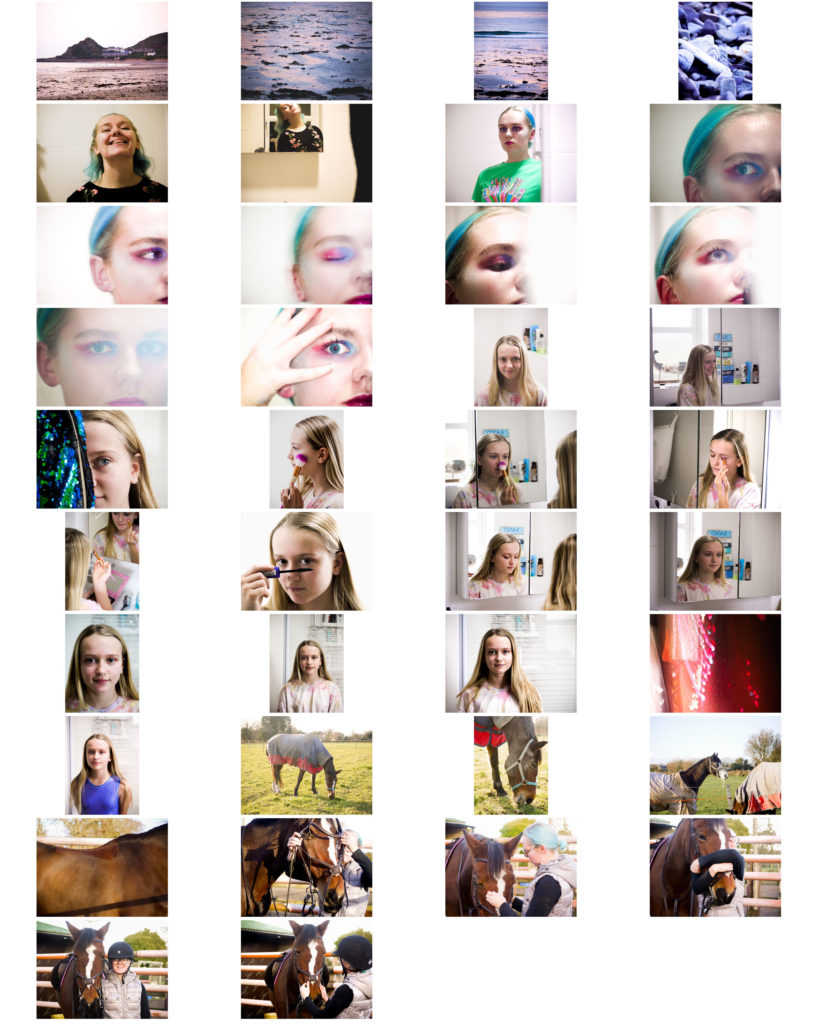
my favourite images from my shoots (so far) are:
